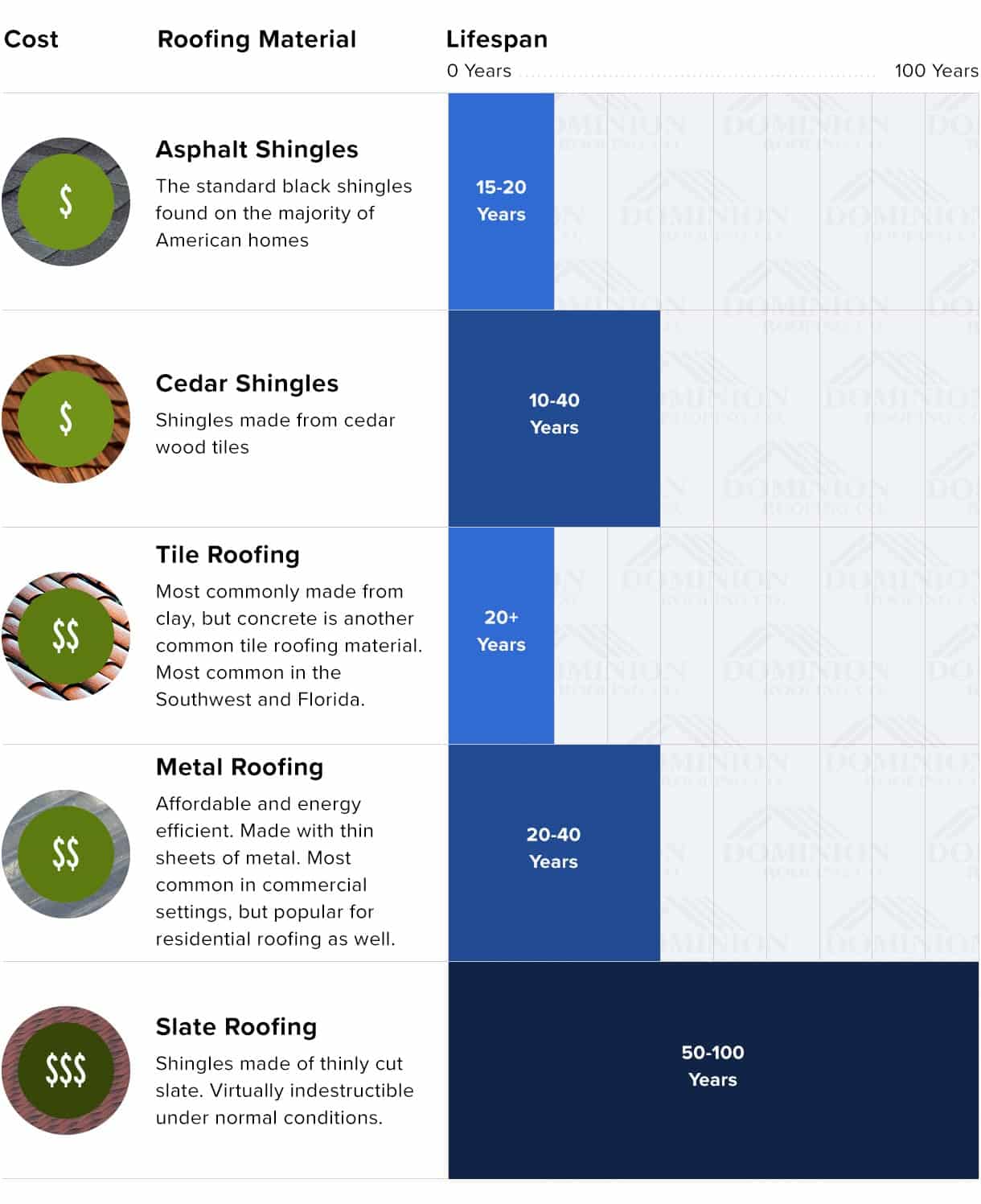The Effect Of Weather On Roof Covering Installment: Optimal Seasons And Issues For A Successful Task
The Effect Of Weather On Roof Covering Installment: Optimal Seasons And Issues For A Successful Task
Blog Article
Material By-Vick Donnelly
When it pertains to roof installations, the weather condition can make or break the task. Picture the frustration of taking care of products that will not work together due to extreme heat or battling slippery surfaces brought on by unanticipated rainfall. Comprehending the influence of weather on your roofing task is crucial for an effective result. So, let's discover how various climate aspects can influence the high quality and resilience of your roofing system setup, ensuring a job well done.
Influence of Temperature on Roof Installation
When it concerns roofing setup, temperature level plays an essential duty while doing so. The suitable temperature level for roofing projects usually drops in between 45 and 85 degrees Fahrenheit. Extreme heat can trigger materials like shingles to come to be too pliable, bring about potential damages throughout installation. On the other hand, cool temperature levels can make materials breakable and vulnerable to splitting. click the up coming site is necessary to schedule roofing installations during moderate temperature levels to guarantee the most effective outcome.
During colder weather, service providers might require to take added safety measures such as utilizing warmed tools or enabling products to heat up before installation.
On the other hand, heat might need job to be done earlier or later in the day to prevent the peak temperature levels. By considering the temperature level and its impacts on roof covering products, you can assist ensure a successful installation that will hold up against the components for several years to come.
Impact of Precipitation on Roof Covering Projects
Roofing tasks can be considerably impacted by rainfall, influencing both the timeline and the top quality of the installation. Rainfall or snow can produce unsafe problems, making it dangerous for roofing professionals to deal with a damp surface area. Furthermore, moisture can jeopardize the adhesion of products like shingles or underlayment, resulting in potential leakages or damages in the future.
If it rainfalls throughout a roof covering job, the water can leak into susceptible locations, triggering delays as the installation staff need to wait on the roof covering to dry before continuing. Extreme moisture can also promote the development of mold and mildew and mold, further threatening the stability of the roofing system.
To prevent these issues, it's recommended to arrange roof tasks throughout drier seasons or monitor the weather prediction closely to plan about any type of potential rainstorms. By taking precautions to operate in beneficial weather conditions, you can guarantee a smoother and much more successful roofing system setup process.
Influence of Wind Rate on Setup Success
Throughout roof covering setup, the speed of the wind plays a critical function in figuring out the success of the task. High wind rates can present considerable difficulties to roofers, potentially causing security risks and high quality concerns. When wind rates exceed advised limits, it becomes difficult to manage products, boosting the risk of crashes and damage to the roof covering products. Solid gusts can likewise impact the precision of dimensions and the accuracy required for appropriate installment.
To make sure a successful roof setup, it's necessary to monitor and think about wind rates. Ideally, roof covering setup must occur on days with low to modest wind speeds. This not only boosts the safety and security of the workers however likewise enhances the general high quality of the installment.
Roof covering tasks set up during calm weather conditions are more likely to be finished successfully and with fewer mistakes. By taking note of wind speed forecasts and intending accordingly, you can help make sure a smooth and successful roof installment procedure.
Verdict
So, when it involves roof covering setup, keep in mind to think about the weather to guarantee an effective work. you can try here , dry conditions, and moderate wind rates are key elements to prioritize for a smooth installation procedure. By scheduling your job during the best periods and perfect weather conditions, you can attain a long lasting and long-lasting roof that will certainly secure your home for many years ahead.
